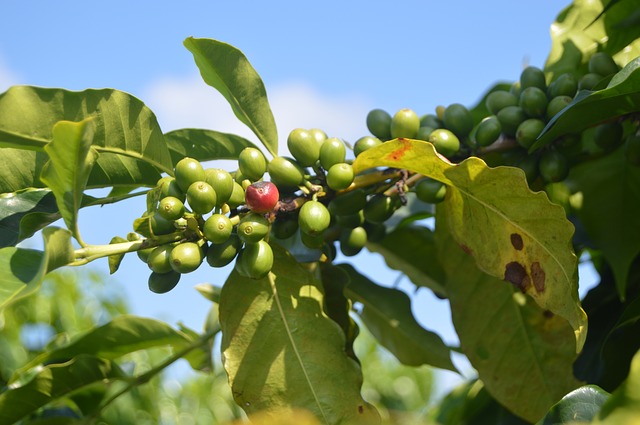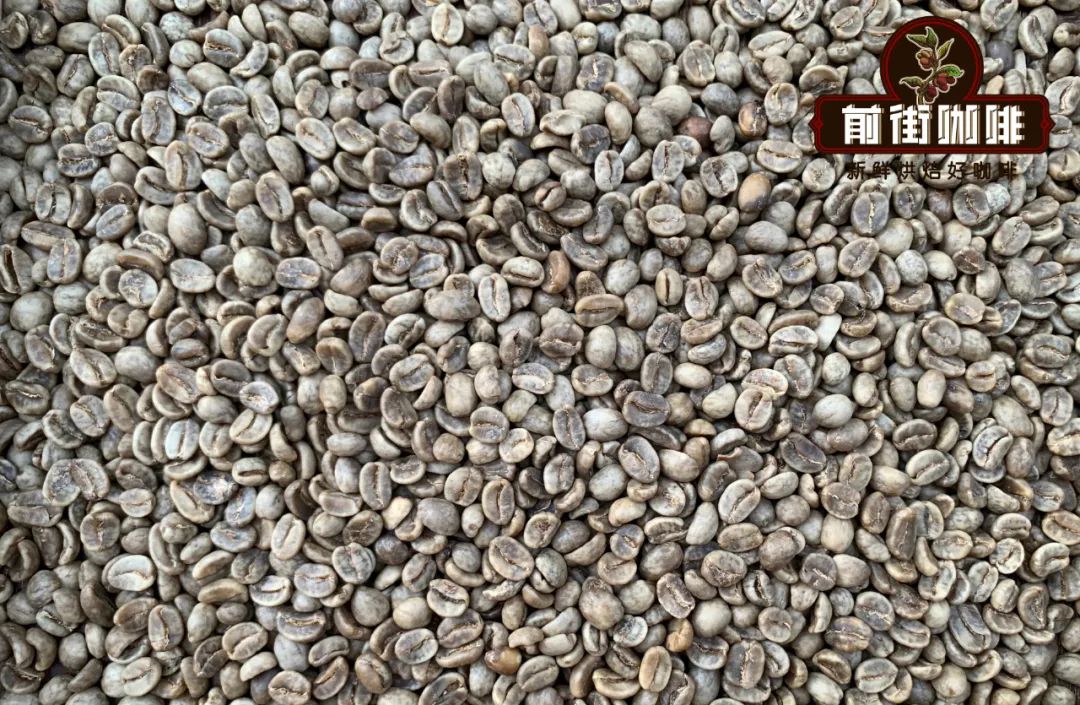What is the selling point of decaf coffee at the expense of taste and flavor? Is decaf good?

Professional coffee knowledge exchange more coffee bean information please follow the coffee workshop (Wechat official account cafe_style)
Caffeine is found in coffee and tea, two common and ancient refreshing drinks. In addition to keeping people awake, they also make people feel slightly happy, which may be related to the fact that caffeine affects the metabolism of dopamine, a substance that activates reward centers in the brain. In addition, caffeine also makes the heart and kidneys work actively and increases adrenaline production.
There are actually two types of decaf: natural semi-decaf and artificial decaf.
Natural semi-decaf coffee is so rare that in 2004, Brazilian scientists announced that three precious low-caffeine varieties had been selected from the wild coffee gene pool in Ethiopia, which is recognized as the place of origin of coffee. Among them, the "bourbon pointed body" taste spectrum is the most elegant.
In terms of process, decaf coffee has one more process of extracting caffeine than regular coffee. The extraction is carried out before baking, and there are mainly three kinds of methods: dissolution with water, dissolution with organic solvent, and dissolution with supercritical carbon dioxide. These three methods not only obtain caffeine, but also more or less peel off other flavor substances in beans, affecting the taste of coffee. As a result, decaf coffee usually tastes lighter because caffeine itself has a bitter taste.
Most of the low-caffeine coffee we can drink is artificially decontaminated products.
Let's take a brief look at the caffeine removal process:
1. Soak a batch of raw beans in a high-pressure environment to dissolve the flavor substances in the raw beans in water and discard the raw beans.
2. Extract the caffeine from the soaking solution with activated carbon, and soak the same batch of raw beans with the soaking solution that has extracted caffeine.
3. Due to the lack of caffeine, the caffeine in raw beans will spontaneously dissolve into the soaking solution.
The operation of this method is relatively simple, the tail liquid treatment is not troublesome, there is almost no pollution in the process, and coffee beans can be treated for a large number of times, which has become the most widely used commercial treatment method.
However, this treatment method also has obvious disadvantages, the first is waste, the raw beans used to extract soaking solution can no longer be used for production, resulting in high cost and high price of low-caffeine coffee beans.
In addition, activated carbon is a very domineering substance, coffee itself contains more than 1000 compounds, and it is these compounds that create the changeable layering and aroma of coffee. However, no matter which treatment method will affect the flavor of coffee, "decaf coffee has always sacrificed taste and flavor as the biggest selling point."
END
Important Notice :
前街咖啡 FrontStreet Coffee has moved to new addredd:
FrontStreet Coffee Address: 315,Donghua East Road,GuangZhou
Tel:020 38364473
- Prev

Is organic coffee a publicity stunt or a guarantee? Does organic coffee taste better?
Professional coffee knowledge exchange More coffee bean information Please pay attention to coffee workshop (Weixin Official Accounts cafe_style) Organic coffee requires growers to adopt conservation methods with little impact on the environment. Organic production system pays attention to maintaining soil fertility, avoiding soil erosion and creating a healthy ecological environment. Many organic growers see it as a way of life. However,
- Next

The taste of Starbucks decaf coffee introduces the difference between Starbucks decaf coffee and ordinary coffee
Professional coffee knowledge exchange more information about coffee beans Please follow the coffee workshop (Wechat official account cafe_style) caffeine is found in coffee and tea, two common and ancient refreshing drinks. In addition to keeping people awake, they can also make people feel slightly happy, which may have a lot to do with caffeine.
Related
- Beginners will see the "Coffee pull flower" guide!
- What is the difference between ice blog purified milk and ordinary milk coffee?
- Why is the Philippines the largest producer of crops in Liberia?
- For coffee extraction, should the fine powder be retained?
- How does extracted espresso fill pressed powder? How much strength does it take to press the powder?
- How to make jasmine cold extract coffee? Is the jasmine + latte good?
- Will this little toy really make the coffee taste better? How does Lily Drip affect coffee extraction?
- Will the action of slapping the filter cup also affect coffee extraction?
- What's the difference between powder-to-water ratio and powder-to-liquid ratio?
- What is the Ethiopian local species? What does it have to do with Heirloom native species?

